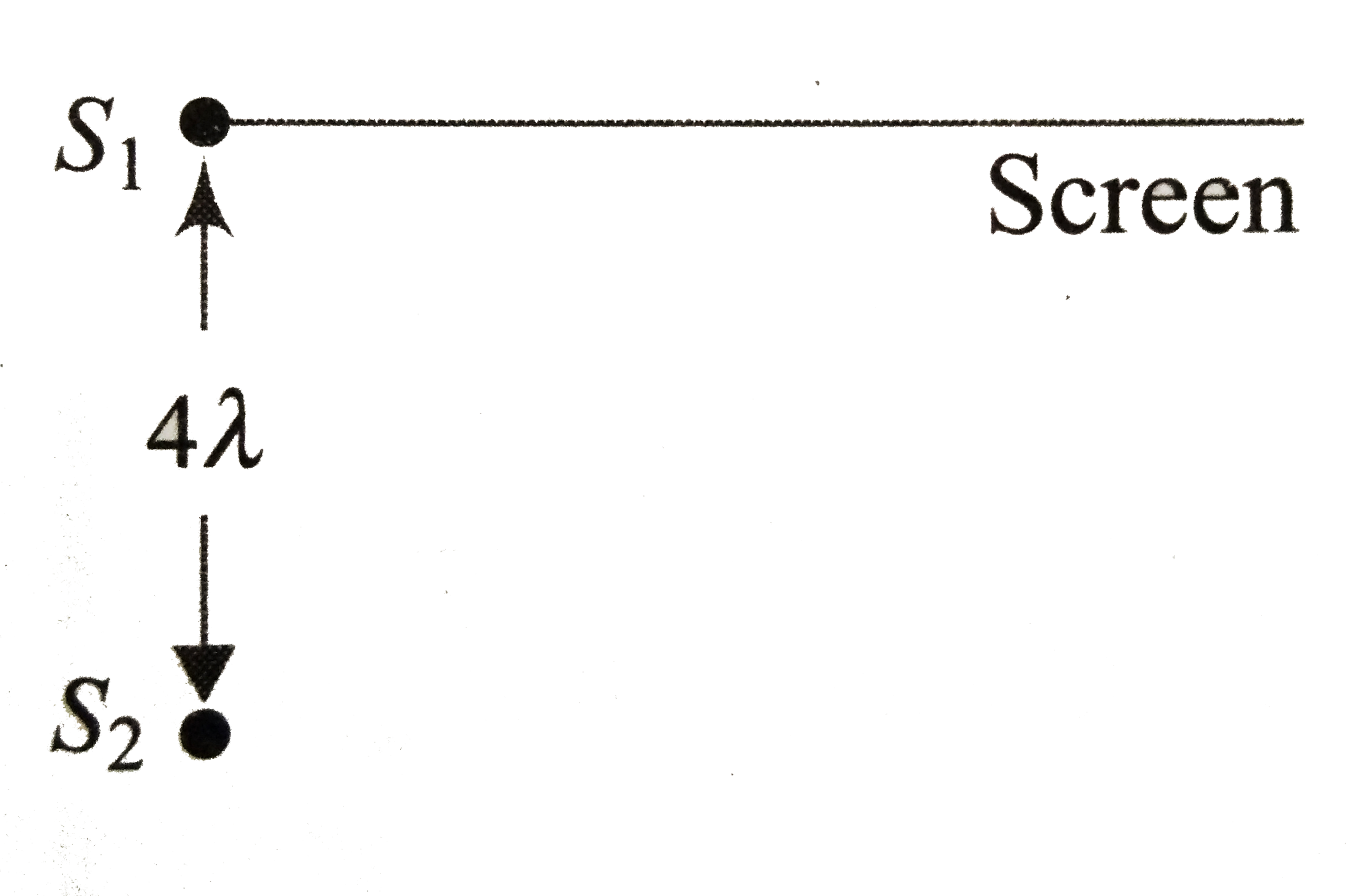As you have learnt in the text, the principle of linear superposition of wave displacement is basic to understanding intensity distributions in diffraction and interference patterns. What is the justification of this principle ?
The principle of linear superposition of wave displacement is basic to understand intensity distributions in interference as well as diffraction patterns. The superposition principle follows from the linear character of the differential equation of wave motion. if y1andy2 are two possible solutions of a wave equation, then any linear combination of y1andy2 is also a solution of that very wave equation. therefore, we are fully justified in applying the superposition principle to find intensity distributions in diffraction as well as interference patterns obtained due to superposition of waves.
Topper's Solved these Questions
- BOOK - U-LIKE SERIESCHAPTER - WAVE OPTICSEXERCISE - CASE BASED/SOURCE-BASED INTEGRATED QUESTIONS20videos
WAVE OPTICS
- BOOK - U-LIKE SERIESCHAPTER - WAVE OPTICSEXERCISE - MULTIPLE CHOICE QUESTIONS30videos
WAVE OPTICS
- BOOK - U-LIKE SERIESCHAPTER - WAVE OPTICSEXERCISE - SELF ASSESSMENT TEST SECTION C (VERY SHORT ANSWER QUESTIONS)4videos
WAVE OPTICS
- BOOK - U-LIKE SERIESCHAPTER - SEMICONDUCTOR ELECTRONICS : MATERIALS, DEVICES AND SIMPLE CIRCUITSEXERCISE - SECTION B1videos
SEMICONDUCTOR ELECTRONICS : MATERIALS, DEVICES AND SIMPLE CIRCUITS
Similar Questions
Knowledge Check
- Question 1 - Select One
The two interfering waves have intensities in the ratio 9:4. The ratio of intensities of maxima and minima in the interference pattern will be
A1:25B25:1C9:4D4:9 - Question 2 - Select One
Statement I: For the situation shown in figure two identecal coherent light sources produce interference pattern on the screen. The intensity of minima nearest to S1 is not exactly zero.

Statement II: Minimum intensity is zero, when interfering waves have same intensity at the location of superposition.AStatement I is True, statement II is True, Statement II is a correct explanation for Statement I.BStatement I is Ture, Statement II is Ture, Statement II is NOT a correct explanation for Statement I.CStatement I is True, Statement II is False.DStatement I is False, Statement II is True.
If the amplitude ratio of two interfering choherent waves producing an interference pattern is 0.5, what is the ratio of the minimum intensity to maximum intensity?
View SolutionStatement I: For the situation shown in figure two identecal coherent light sources produce interference pattern on the screen. The intensity of minima nearest to S1 is not exactly zero.

Statement II: Minimum intensity is zero, when interfering waves have same intensity at the location of superposition.View SolutionConsider two waves passing through the same string. Principle of superposition for displacement says that the net displacement of a particle on the string is sum of the displacements produced by the two waves individually. Suppose we state similar principles for the net velocity of the particle and the net kinetic energy of the particle. Such a principle willl be valid for
View SolutionYou have learnt in the text how Huygens' principle leads to the laws of reflection and refraction. Use the same principle to deduce directly that a point object placed in front of a plane mirror produces a virtual image whose distance from the mirror is equal to the object distance from the mirror.
View SolutionYou have learnt in the text how Huygens’ principle leads to the laws of reflection and refraction. Use the same principle to deduce directly that a point object placed in front of a plane mirror produces a virtual image whose distance from the mirror is equal to the object distance from the mirror.
View SolutionYou have learnt in the text how Huygens’ principle leads to the laws of reflection and refraction. Use the same principle to deduce directly that a point object placed in front of a plane mirror produces a virtual image whose distance from the mirror is equal to the object distance from the mirror.
View Solution

